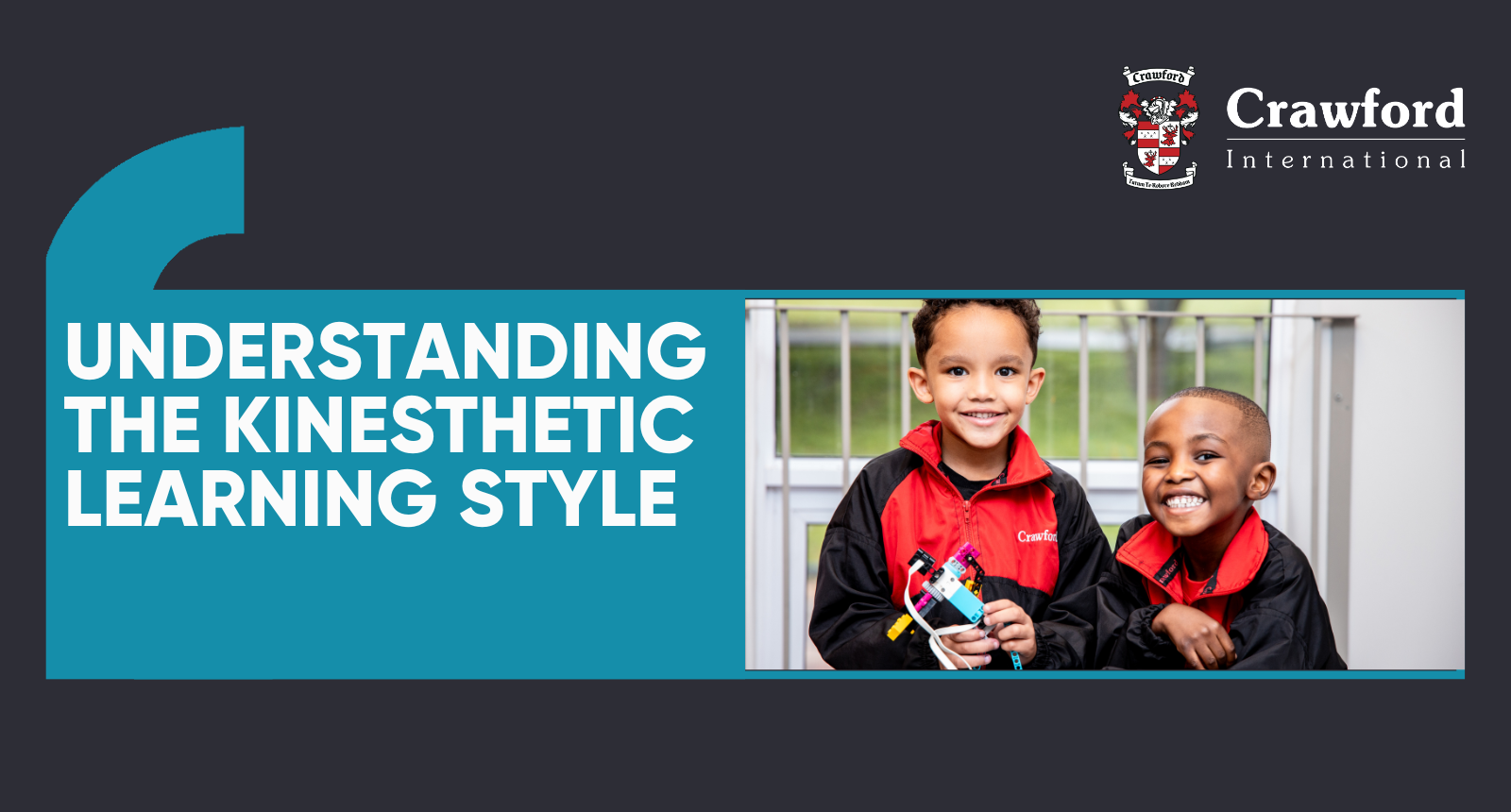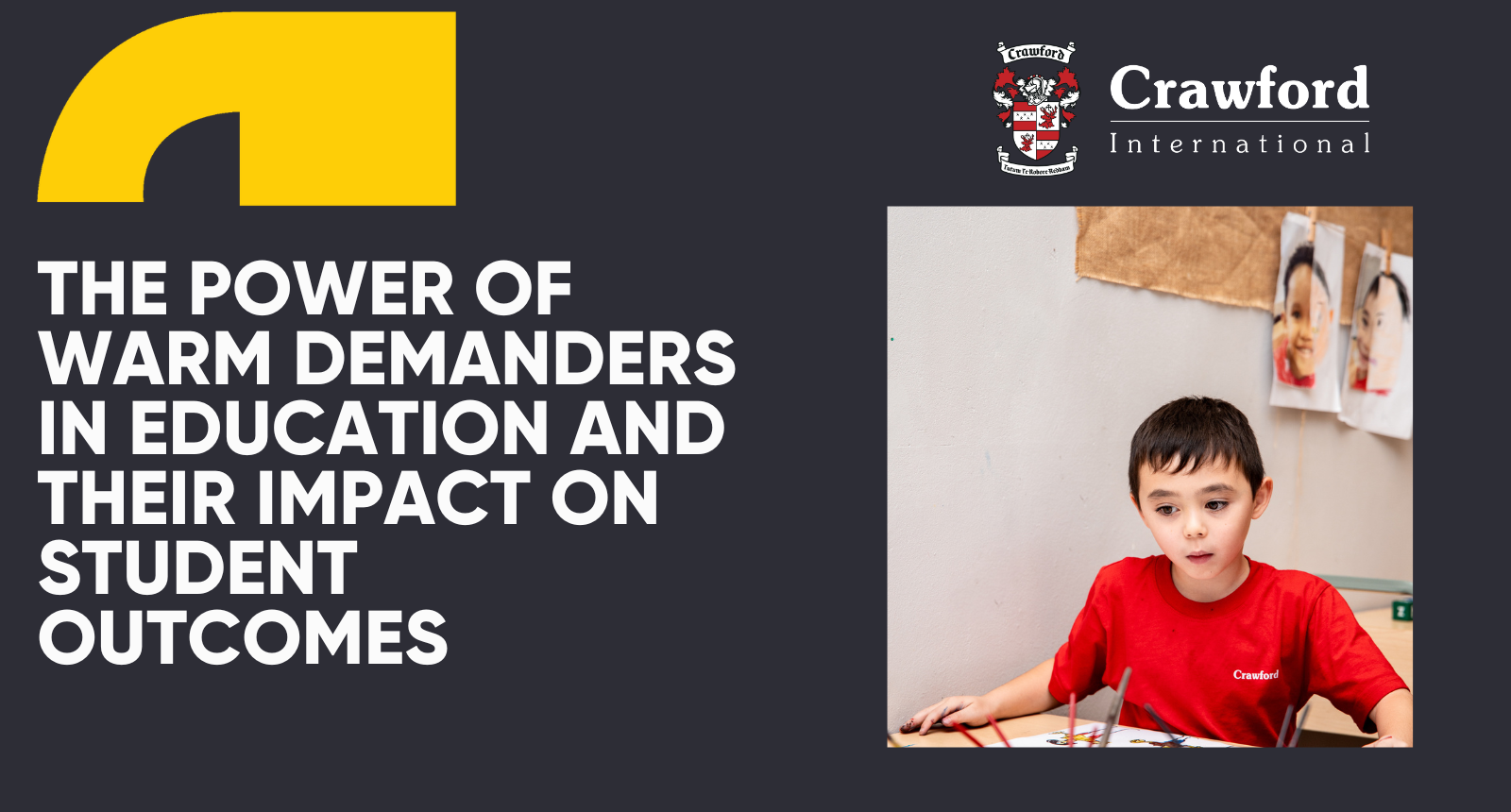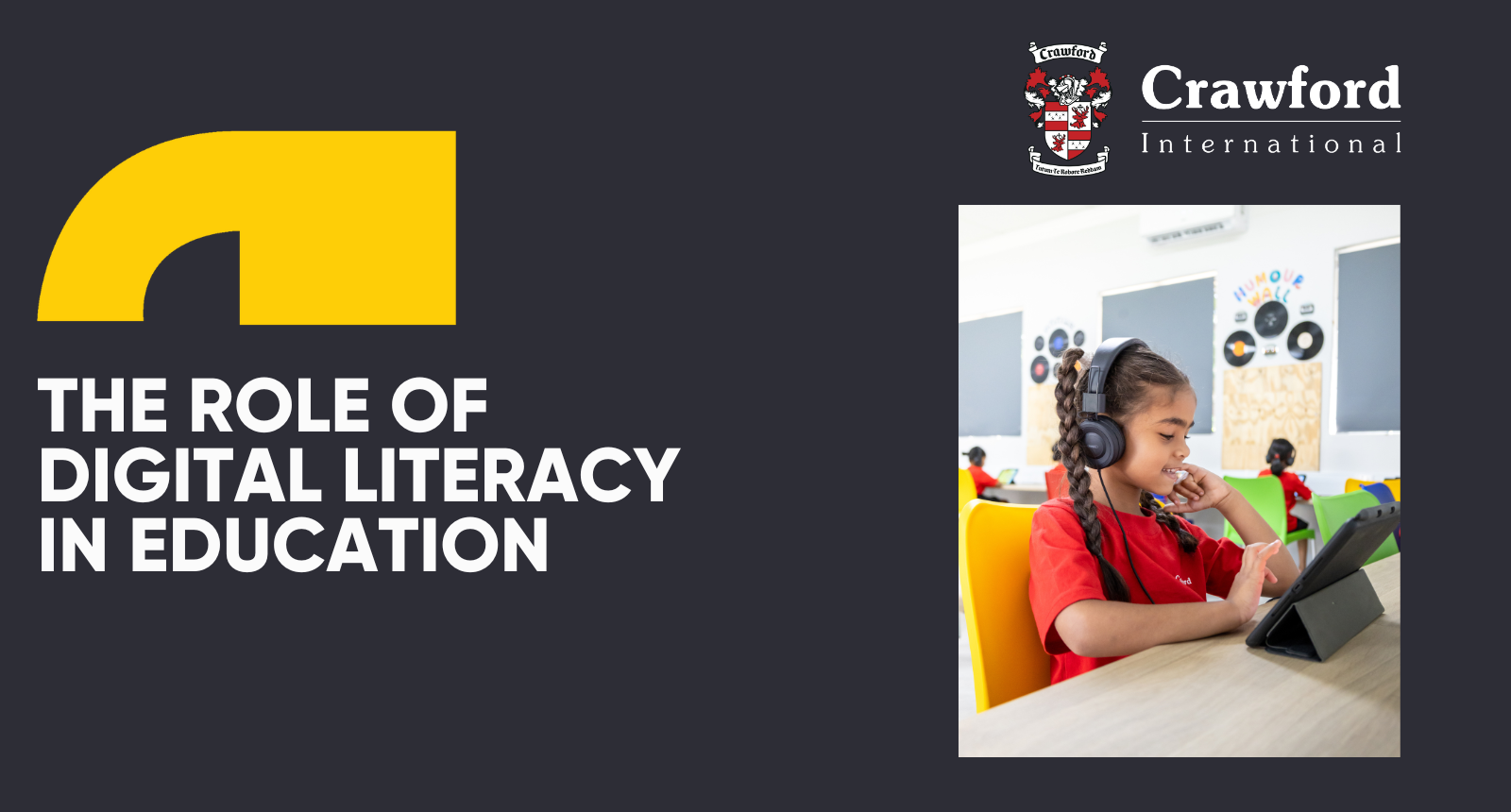GRADE 12s: THE 3 FACTORS TO CONSIDER WHEN DECIDING ON FUTURE STUDIES
MEROPA COMMUNICATIONS • July 1, 2020
GRADE 12s: THE 3 FACTORS TO CONSIDER WHEN DECIDING ON FUTURE STUDIES

GRADE 12s: THE 3 FACTORS TO CONSIDER WHEN DECIDING ON FUTURE STUDIES
JUNE 2020
The world looks very different today compared to when the Matric Class of 2020 entered their final year of school six months ago. Covid-19 and the resultant lockdown have caused much upheaval for this year’s Matrics, not least in terms of the way their educational journey has changed. But while much of their experience is different for this year’s Grade 12s, one thing has not changed – the need for them to decide what they will study and where when they progress to higher education next year.
“Your journey might seem tough right now, and the future uncertain. But although things are different, you must continue to work towards realising your dreams, and this includes weighing your options carefully before deciding on the best course of action for you, for continuing your education in 2021,” says Nola Payne, Head of Faculty: Information and Communications Technology at The Independent Institute of Education, SA’s largest and most accredited private higher education provider.
Payne says the process and considerations involved in making higher education decisions have changed as a result of the way the world has changed, and Matriculants and their parents need to take that into consideration.
“For example, in previous years, we would advise students to attend Open Days at various institutions, visit campuses to speak to student advisors and faculty staff, and connect with current and former students. It goes without saying that this physical legwork is no longer an option in the form that it used to be in the past.”
The good news however, is that quality institutions will now be hosting Virtual Open Days, which allow prospective students to actually ‘visit’ more campuses, and give them quicker access to advisors by scheduling online appointments. Additionally, some institutions will allow on-campus visits, by appointment.
“In addition to getting a feel for institutions via online meet-ups, the considerations for determining the quality of offering and an institutions’ ability to provide seamless, sustainable education have also irrevocably changed in recent months,” Payne notes.
She says when considering higher education options now, prospective students have to assess the following 3 factors:
1) THE ABILITY OF AN INSTITUTION TO PROVIDE A SUPERIOR ONLINE OFFERING
As many students realised during lockdown learning, a good contact education does not necessarily translate to a good online education, says Payne.
“This means that historic ideas of what made a good, ‘prestigious’ institution have been turned on their head. You have to ensure that any institution for which you opt will be able to offer a superior education regardless of delivery method. So this year’s Matrics are, for the first time, able to get a real insight into how institutions actually managed to do this over the past few months, regardless of whether they are a public university or private higher education institution.”
Payne says some of the questions to ask in an effort to determine an institution’s competence in terms or their online offering, include:
a. Whether the institution has an online learning platform,
b. How the institution uses the platform for teaching and learning,
c. How lecturers teach using the online platform,
d. What students are expected to do on the online platform,
e. What resources students need for online learning; and
f. What statistics show in relation to attendance, submission of assignments, and student progress during lockdown.
“Obviously if an institution doesn’t have an online platform, or if their online platform did not effectively support the continuation of learning, one should think twice about opting for such an institution going forward,” Payne says.
“So be sure to interrogate all your choices to get a clear sense of what they did for their existing students these past few months, how they assisted those students whose circumstances required additional support, and whether their students were able to adapt to the new environment.”
2) AN INSTITUTION’S FOCUS ON WORK-INTEGRATED LEARNING
A focus on work-integrated learning and industry alignment was important in the past, but now it is more important than ever, says Payne.
“Given the massive loss of jobs in the wake of Covid-19 and global lockdowns, opportunities are going to be limited in coming years. When hiring picks up again, employers will want to be very clear that they are appointing graduates who are able to do the job and not just have paper credentials to show for their time at university.
“This means that you should ask of institutions how their curricula are connected to the real world of work, how closely they work with industry to ensure you engage with relevant, updated learning material, and how work-integrated learning is incorporated in the curriculum.”
The additional benefit of work-integrated learning, is that this also provides students with a portfolio of evidence upon graduation, which gives them additional collateral during the job hunt, Payne says.
3) THE REGISTRATION AND ACCREDITATION STATUS OF AN INSTITUTION AND QUALIFICATION
One thing that has not changed, is the need to ensure an institution is properly registered and accredited, Payne says.
“Bogus colleges and qualifications have been a challenge in South Africa in the past, and one expects unscrupulous operators will continue to prey on the most vulnerable in future. This is why you need to start considering your options now, and not leave your decisions about your future too late, when you might be desperate to further your studies but find yourself with fewer options.
“Give yourself sufficient time to investigate the institutions and qualifications that interest you, so you’ll be better positioned to investigate them thoroughly, and weed out those which will cost you time and money without providing the required return on investment.”
Payne advises Matrics must start investigating their options without delay, and to spend a little time every week working on their higher education checklist.
“At this stage, you may not yet be sure what you want to register for, or how to connect with institutions. But the fact is that higher education continues, and good institutions will have the systems and advisors in place to help you on this exciting journey – you just have to reach out.”
Issued by: MEROPA COMMUNICATIONS
On behalf of: THE INDEPENDENT INSTITUTE OF EDUCATION

A Lifelong Educator Mr Chris Herbst has spent 41 years in the classroom. With a Bachelor of Education from the University of the Witwatersrand, he has taught countless learners over the decades. He joined Crawford International Sandton in 1999 and currently teaches Afrikaans to students from Grade 8 to Grade 12. His role spans across five different year groups, a challenge he embraces. “I have my hands full as I navigate the excitement and challenges of teaching an additional language to five different grades,” he says. Why Teaching Still Matters For Mr Herbst, teaching is not a job. It is something he feels deeply connected to. “Teaching is my great passion and calling. The classroom is where I find my motivation and inspiration,” he shares. “When we have a really good lesson and I see our students leave having learned something new, or figured out a challenging concept, then I am motivated and inspired all over again.” These everyday moments keep him grounded in his purpose. They are the quiet victories that reaffirm his place in the classroom. Freedom to Teach with Meaning Mr Herbst values Crawford’s approach to learning, particularly the way it supports teacher agency and student-centred learning. “I love the fact that the focus is student-centred, and that as teachers we have the freedom and the responsibility to create a teaching and learning environment that works best for every learning need,” he says. He believes this flexibility allows for learning to become more meaningful. “If I identify that a particular topic or poem has piqued the interest of my class, I have the freedom to delve deeper and really explore the subject matter without being bound by rigid syllabus rules and time frames.” Connecting Language to the Real World Teaching Afrikaans in a school where it is often an additional language means finding ways to make it resonate. Mr Herbst understands that for many students, the subject may not come naturally. “For many students, learning another language may initially feel like a requirement rather than a passion,” he explains. To bridge that gap, he brings the language to life through content that students can relate to. “It’s important to integrate engaging, real-world content such as music, movies, and stories that align with the students’ interests.” These tools, he believes, help students see the language in context and build an emotional connection to it. A Teaching Legacy Over the course of his career, Mr Herbst has taught more than one generation in the same family. It is a milestone he reflects on with pride. “I have taught students who are now parents, and I am teaching their children today. It doesn’t get better than that.” But what stands out most for him is being remembered. “By far my biggest kick is when a past student recognises me and comes over to strike up a conversation and talk about their life and work after school.”

ALUMNI SPOTLIGHT: DYLAN BIZJAK Crawford International Sandton From the classrooms of Crawford International Sandton to the forefront of aeronautical engineering in the Netherlands, Dylan Bizjak’s journey is one of ambition, resilience and innovation . Pursuing a Passion for Engineering After matriculating in 2019, Dylan initially pursued Aeronautical Engineering at Wits University. However, six months into his studies, a new opportunity emerged, one that would take him beyond South Africa’s borders. He secured a place at Inholland University of Applied Sciences in Delft, Netherlands, where he embraced the challenge of international study, even navigating his first year remotely due to the pandemic. Now a graduate with a BSc in Aeronautical Engineering (2024), Dylan has stepped into the professional world, joining Eve Reverse, a pioneering start-up dedicated to climate-positive innovation. What began as an internship in his final year evolved into a full-time role as a Research and Development Engineer, where he contributes to the creation of sustainable, carbon-negative materials. His proudest achievement? Playing a key role in the development of the Eve Dry Tile, an innovative flax fibre material designed to reduce emissions and waste in manufacturing. Achievements at Crawford International Sandton Gareth Beach Award (2019) – Recognised for bravery, dedication, self-development and outstanding achievement in swimming. Sportsman of the Year (2019) – Acknowledged for excellence in swimming, basketball and boxing. Reflections on Crawford Dylan credits his time at Crawford for preparing him for both academic and personal success on the global stage. “Crawford’s approach equips you for university and beyond, whether in South Africa or internationally. It’s not just about academics but about becoming a well-rounded critical thinker and team player. Exposure to diverse cultures, teamwork, individuality and taking responsibility for my outcomes were invaluable lessons I carried with me.” Words of Wisdom To his younger self, Dylan would say: “Step out of your comfort zone sooner. Growth happens when you challenge yourself. Leaving home was tough, but the personal and professional growth was worth every stumble along the way.” Dylan’s story is a testament to courage, hard work and the power of embracing the unknown. From South Africa to the Netherlands, he is proving that the sky isn’t the limit, it is just the beginning.










